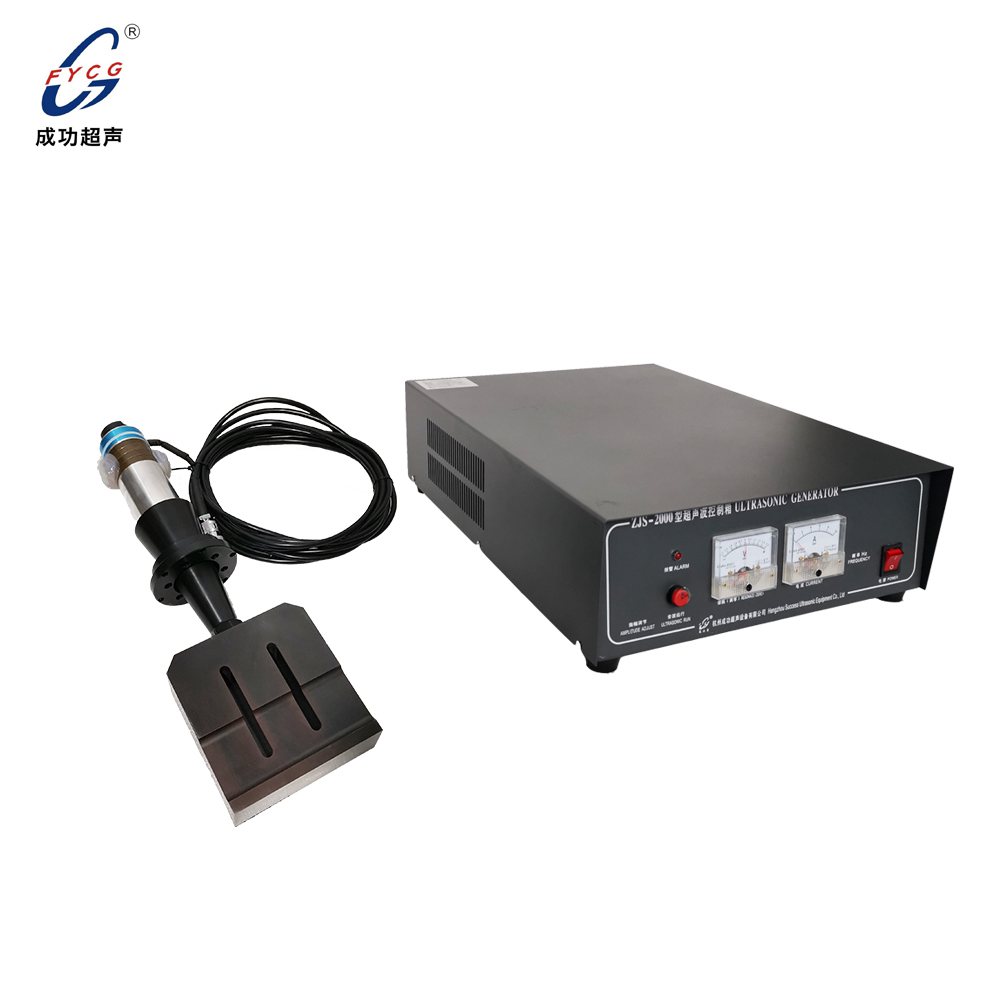
The principle of the ultrasonic welding machine is to u […]
The principle of the ultrasonic welding machine is to use high-frequency vibration waves to transmit to the surfaces of two objects to be welded. Under pressure, the surfaces of the two objects are rubbed against each other to form a fusion between the molecular layers.
Introduction
Ultrasonic welding machine converts 50/60 Hz current into 15, 20, 30 or 40 KHz electric energy through an ultrasonic generator. The converted high-frequency electric energy is again converted into mechanical motion of the same frequency through the transducer, and then the mechanical motion is transmitted to the welding head through a set of horn devices that can change the amplitude. The welding head transfers the received vibration energy to the joint of the workpiece to be welded. In this area, the vibration energy is converted into heat energy by friction to melt the plastic. Ultrasound can be used not only to weld hard thermoplastics, but also to process fabrics and films. The main components of an ultrasonic welding system include ultrasonic generator, transducer horn/welding head triple group, mold and frame. Linear vibration friction welding uses frictional heat generated on the contact surface of two workpieces to melt the plastic. The heat energy comes from the reciprocating movement of a workpiece on another surface with a certain displacement or amplitude under a certain pressure.

Once the desired degree of welding is reached, the vibration will stop, and at the same time there will still be a certain amount of pressure applied to the two workpieces to cool and solidify the just welded part, thereby forming a tight bond. Orbital vibration friction welding is a method of welding using frictional heat energy. When performing orbital vibration friction welding, the upper workpiece performs orbital motion at a fixed speed-circular motion in all directions. Movement can generate heat, which makes the welding part of the two plastic parts reach the melting point. Once the plastic starts to melt, the movement stops, and the welded parts of the two workpieces will solidify and be firmly connected together. Small clamping force will cause the workpiece to produce minimal deformation, and workpieces with a diameter of less than 10 inches can be welded with orbital vibration friction.